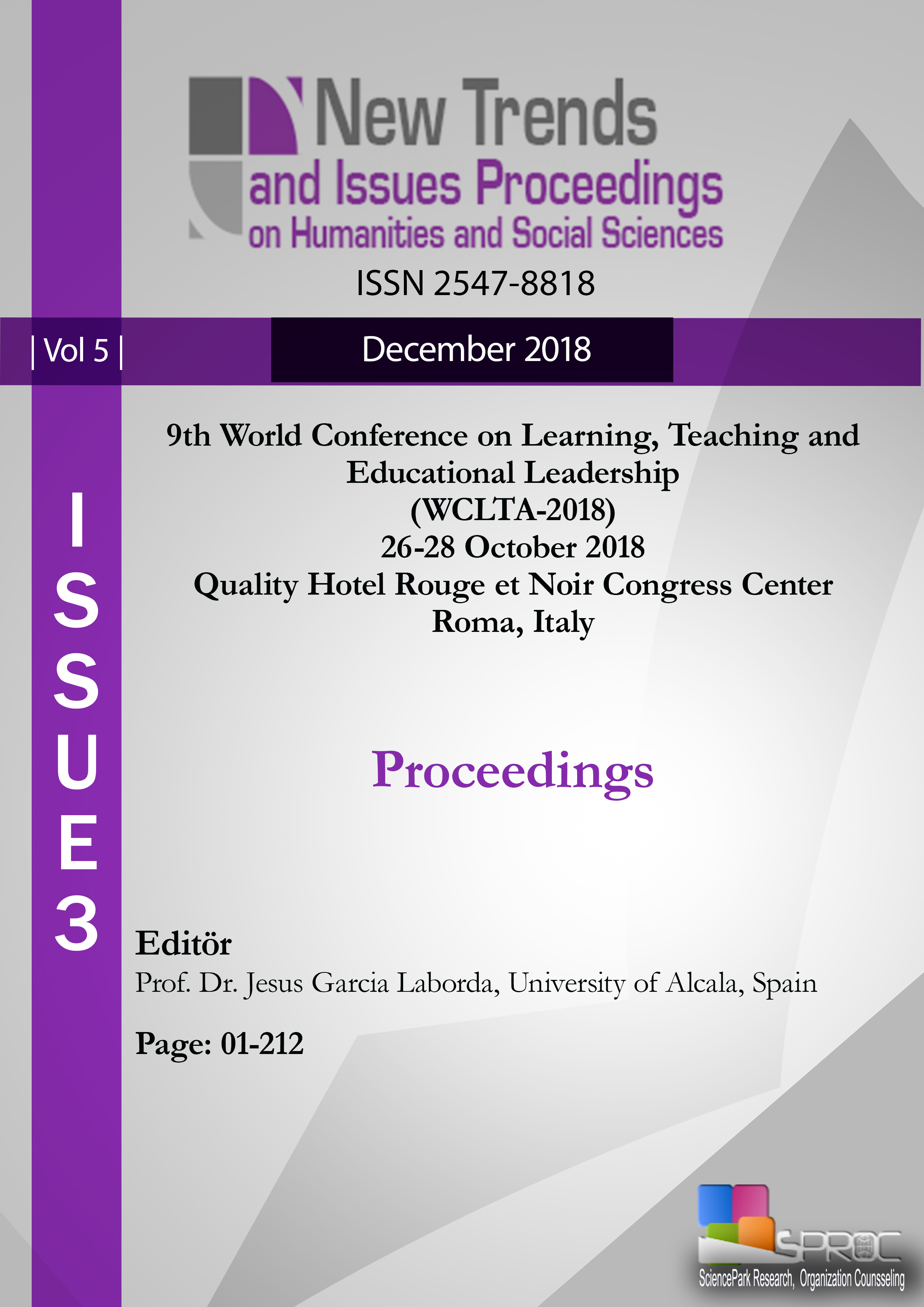Indonesian high school students’ attitudes towards bilingual classroom instructions
Main Article Content
Abstract
This study investigates Indonesian high school students’ attitude towards the benefits of bilingual classroom instructions. The researchers also share the view that bilingual program which is advocates the use of two languages in teaching and learning processes strengthens the concept of the two languages and constructs an automatic good translating system in learners’ brain which is fruitful to establish meta-cognitive and cognitive strands. For this study, the data were obtained from the distribution of a questionnaire adapted from synthesising some benefit of learning other languages that learners could experience in bilingual education: 1) the language benefit for communication, 2) a better understanding of ideas and concepts, 3) access to more opportunities in life and 4) social and inter-cultural. The finding suggests that most students of the eleventh 11th grade of Madrasah Aliyah Negeri Cendekia Jambi had a positive attitude towards the benefits of bilingual instruction.
Keywords: Bilingualism, bilingual instruction, attitude.
Downloads
Article Details

This work is licensed under a Creative Commons Attribution 4.0 International License.
Authors who publish with this journal agree to the following terms:- Authors retain copyright and grant the journal right of first publication with the work simultaneously licensed under a Creative Commons Attribution License that allows others to share the work with an acknowledgement of the work's authorship and initial publication in this journal.
- Authors are able to enter into separate, additional contractual arrangements for the non-exclusive distribution of the journal's published version of the work (e.g., post it to an institutional repository or publish it in a book), with an acknowledgement of its initial publication in this journal.
- Authors are permitted and encouraged to post their work online (e.g., in institutional repositories or on their website) prior to and during the submission process, as it can lead to productive exchanges, as well as earlier and greater citation of published work (See The Effect of Open Access).
